|
We reached out to our past World Wildlife Day Film Showcase filmmakers to ask them five questions about the experience of making their films.
What inspired this story? Director Lesley Chilcott: Captain Paul Watson himself. He is living his life like a superhero in an action movie, every moment is dedicated to saving the life in the ocean, on or off the high seas. I’m always looking for a new way to talk about biodiversity and extinction, and making an action movie masquerading as a documentary seemed like a fitting way to tell Paul’s story. Were there any surprising or meaningful experiences you want to share? LC: The sheer numbers of fish and creatures of the ocean we kill every day is even more staggering than I previously knew. This is a problem with many solutions and most of the time we do nothing, primarily because it is all done out of sight of the public eye. Yet when you swim or scuba dive with some of these magical creatures, say a humpback whale or a tiger shark, and they look back at you and allow you to get close to them, you realize there is a whole other type of intelligence we really know very little about. What impact do you hope this film will have? LC: I hope that people will appreciate the sheer beauty of the ocean and all that lies within it, and that starts by paying attention to what is on your plate. And if you don’t care about that, then perhaps think about how up to 70% of our oxygen coming from the ocean itself. Describe some of the challenges faced while making this film. LC: Captain Paul has done so much over the years, maybe ten major pieces of action per year for nearly fifty years so it was difficult to choose the actions or campaigns that could fit in a 99 minute film while still showing the breadth of his unique experiences and outlook on life. A good problem to have, but challenging nonetheless! What drove you as a filmmaker to focus on biodiversity? LC: Biodiversity is the key to individual health as well as the health of our planet. It’s so extremely interesting and it never ends…so many more stories to tell!
0 Comments
We reached out to our Jackson Wild Media Awards filmmakers to ask them five questions about the experience of making their films.
What inspired this story? Writer and Director Peter Stonier: When National Geographic Explorer Naftali Honing, Research and Development Director at African Parks in the Congo, granted the Esri's visual storytelling team an interview, we could see that he had a great story to tell. The question was how to tell it. The story was one of how a technology, not much known beyond the community of specialists who use it, has tremendous potential to take on some of the world's greatest conservation challenges -- such as wildlife poaching and trafficking. Naftali was putting the tech to great use protecting elephants and rangers from some of the most formidable armed poachers in the world -- and winning. This was all clear from his interview. We captured him on video telling us all about this - but doing the story justice required b-roll. There was none. Filming in the Congo would be costly, getting good wildlife shots time consuming, and shots of poachers dangerous, if not impossible. Thus came the idea - let's animate it! We could still feature Naftali photo-realistically, but get all the shots we needed by drawing them! That's how the journey began. How do you approach storytelling? PS: Two things we immediately realized in taking an animated approach to the story were: a) We could tell a story in the most basic sense of the word - as a "Once upon a time, in a wild kingdom far away" ... narrative drawing from conventions of Hollywood fiction. "Story" is probably one of the most overused words in corporations. Narratives devoid of character, conflict, drama, hope, fear, climax and resolution are often still described as "stories." Lists of software features are even described as stories. Here we clearly had all the ingredients for a story - exotic locations, animals, compelling characters, protagonists, antagonists, as well as relevance to an important issue of global concern. Our writer, with years of experience scripting for Hollywood and the BBC, decided to make this into what any child would recognize as a story. By drawing the images, instead of working with a camera on the ground, we had complete visual control. This helped us borrow from the compelling conventions of dramatic fiction, even though we were producing non-fiction. b) We knew that documentary footage of animal poaching could be seen as overly gruesome and violent for some audiences. Animated illustration allowed us to still communicate the realities of the violence, and be emotionally evocative, while softening the tone. Describe some of the challenges faced while making this film/program? PS: Perhaps the biggest challenge faced was not a production challenge but one of getting our marketing team on-side to support the project. We needed to overcome a bias that animation is "for children" and "inappropriate for a technology company." In other words, despite the flourishing of animation across so many genres of storytelling - some still equate animation with cartoons. A major turning point came when the video was first showcased at an Esri user conference where Jane Goodall and Ed Wilson praised it as a "fantastic way to communicate how GIS is vital to supporting conservation." What did you learn from your experience making this film/program? PS: That technology has evolved to the point where mixing photorealistic and animated forms of storytelling can be done relatively quickly and cheaply. What's hard is figuring out how to mix the mediums into relevant, compelling storytelling! What impact do you hope this film/program will have? PS: We hope to raise awareness of the effectiveness of GIS technology in fighting poaching and wildlife trafficking and get it used more widely throughout the world. A joint initiative between National Geographic and ESRI is helping achieve this. |
Archives
March 2024
Categories
All
|
Contact UsJackson Wild
240 S. Glenwood, Suite 102 PO Box 3940 Jackson, WY 83001 307-200-3286 info@jacksonwild.org |

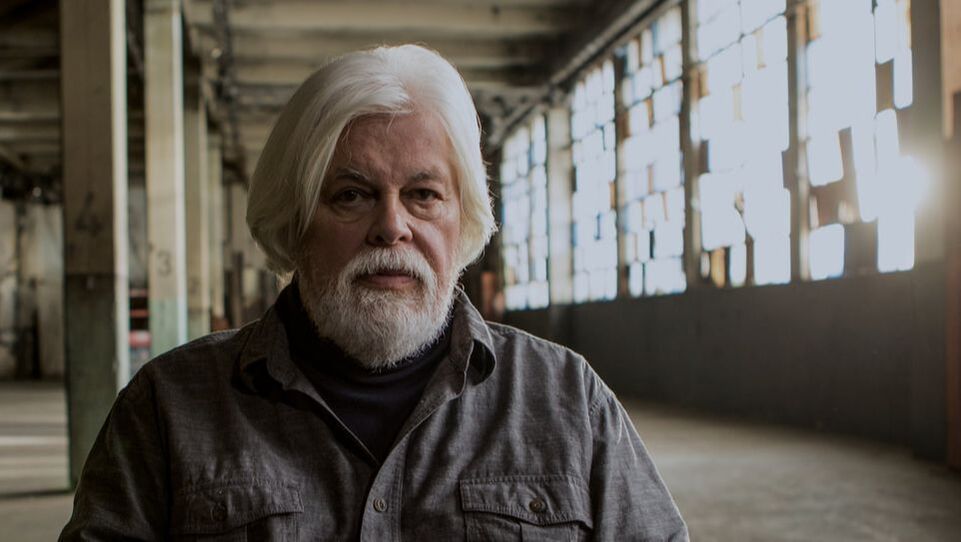
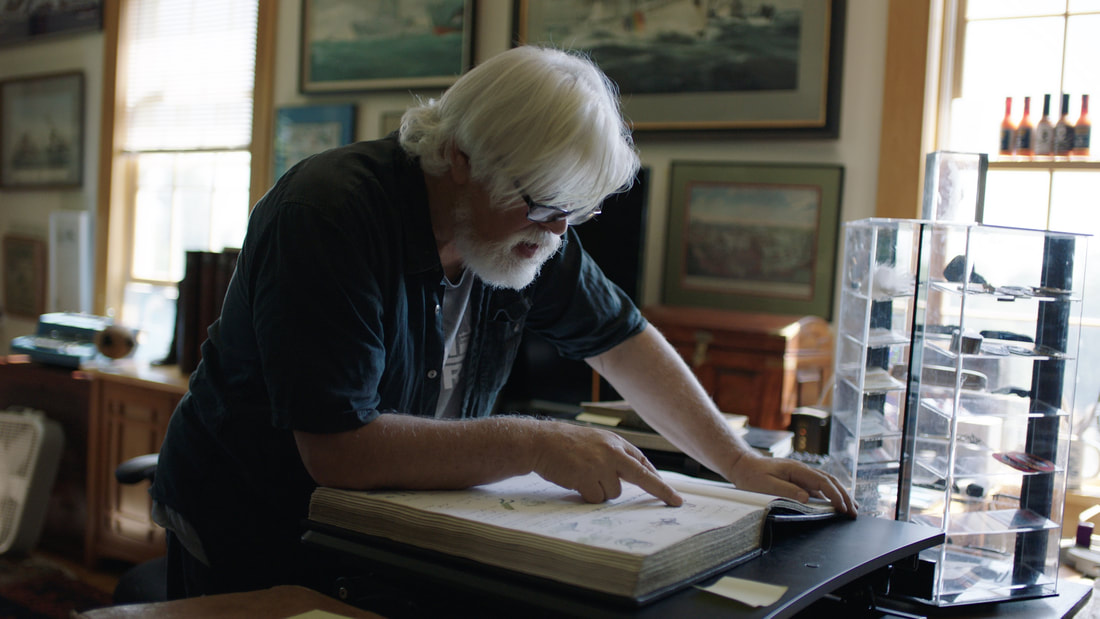
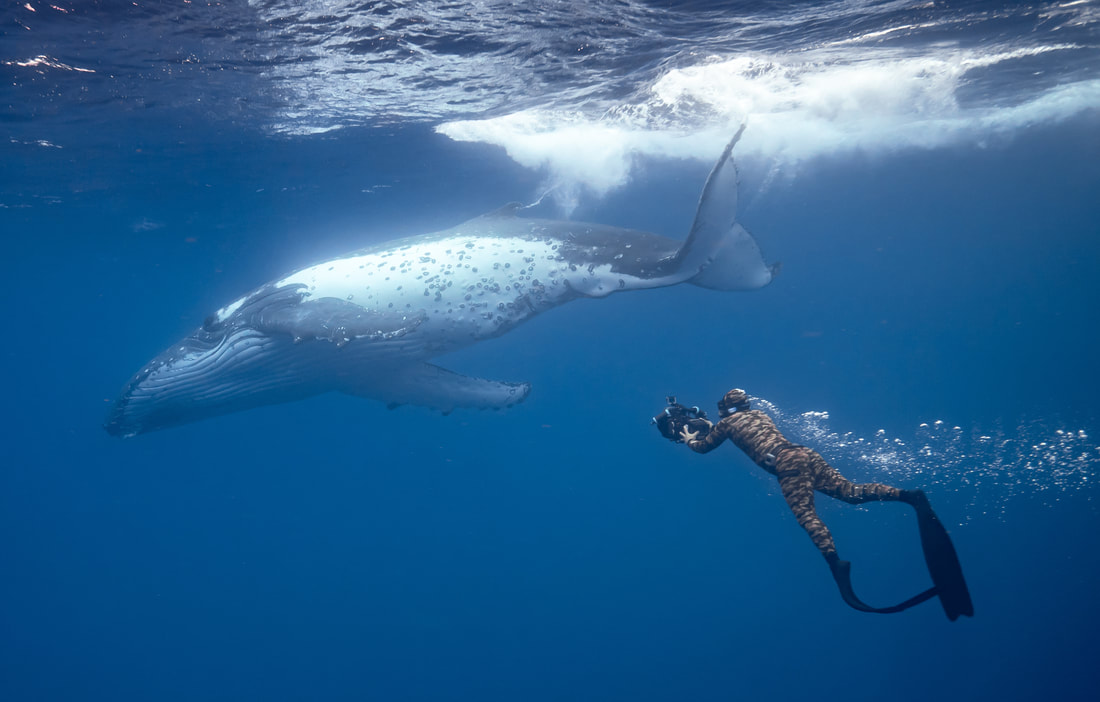
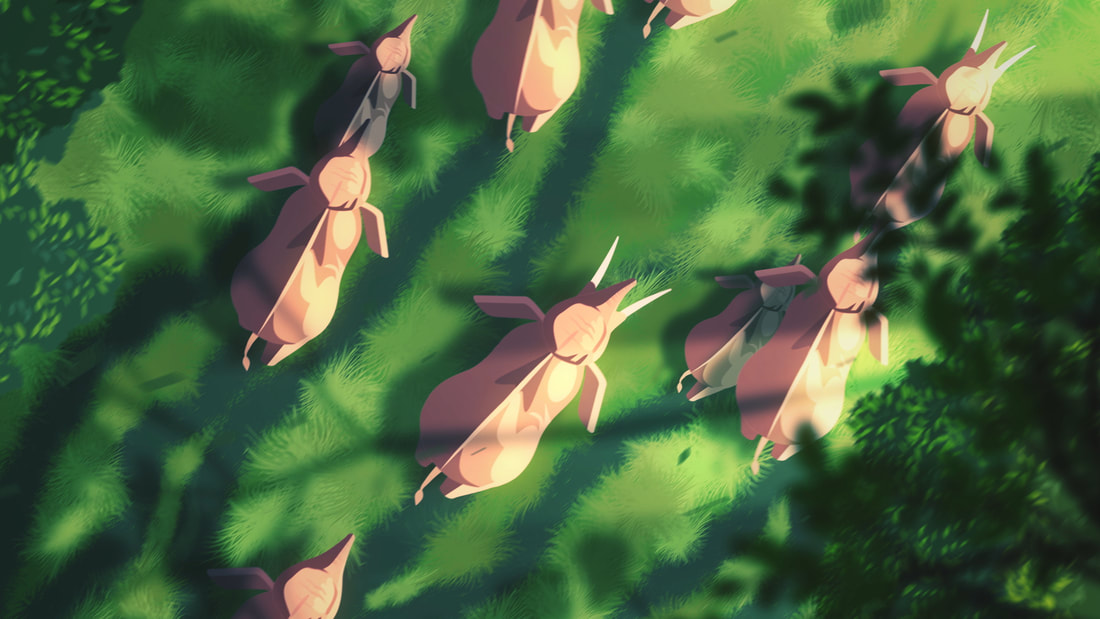
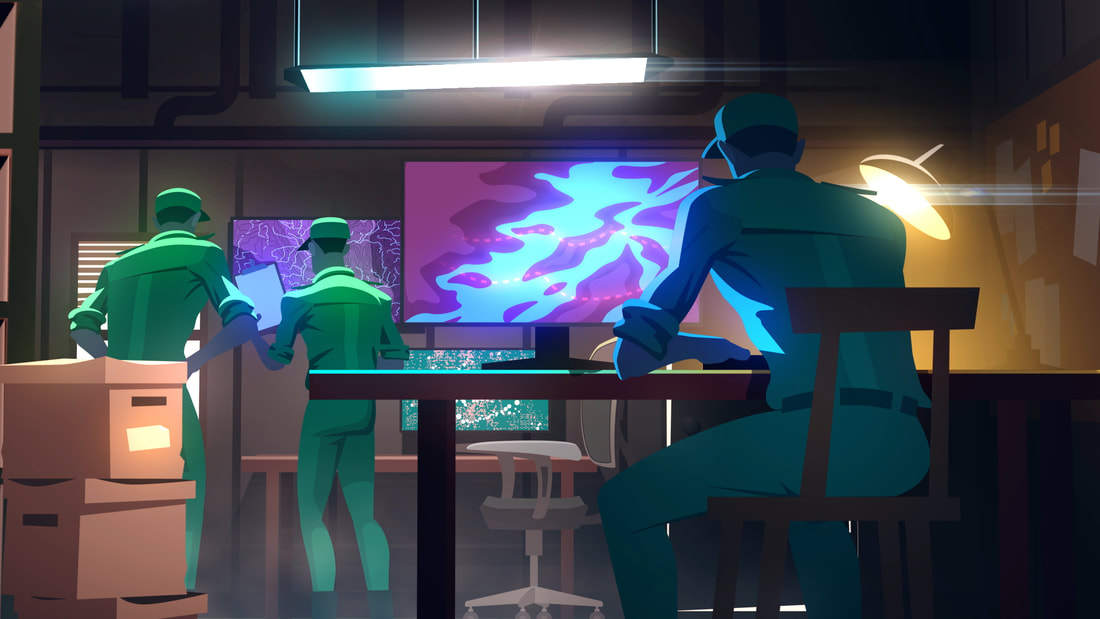
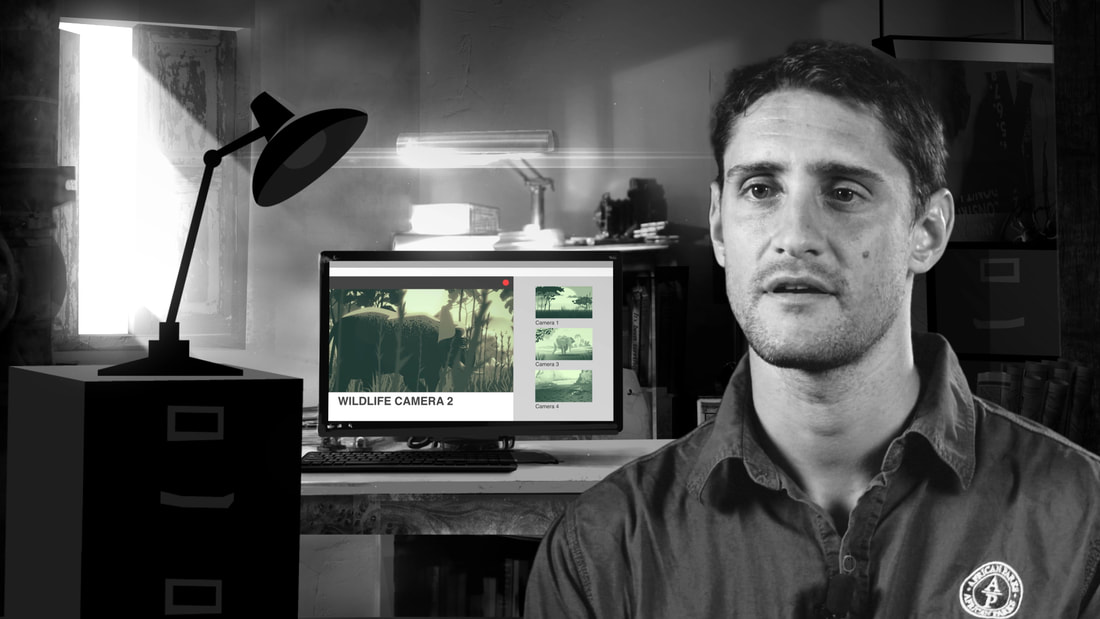
 RSS Feed
RSS Feed